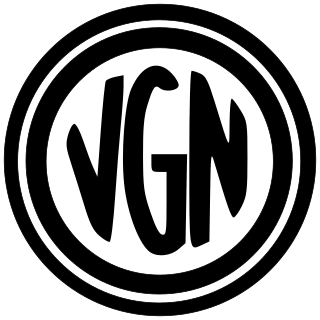 W
WThe Borate and Daggett Railroad was a 3 ft narrow gauge railroad built to carry borax in the Mojave Desert. The railroad ran about 11 miles (18 km) from Daggett, California, US, to the mining camp of Borate, three miles (4.8 km) to the east of Calico.
 W
WThe Death Valley Railroad (DVRR) was a 3 ft narrow gauge railroad that operated in California's Death Valley to carry borax with the route running from Ryan, California to the mines at Ryan C., located just east of Death Valley National Park, to Death Valley Junction, a distance of approximately 20 miles (32 km).
 W
WThe electric railway of the White Knob Copper Co., Ltd. was operated by the White Knob Copper Co. at White Knob near Mackay, Idaho, in connection with its mines, having 7.1 miles (11.4 km) of railroad, two electric locomotives and 40 ore cars. The difference in level over the seven miles was 2,100 feet (640 m), an average of 6 per cent. Eighty tons of ore were handled by each train.
 W
WThe Granite Railway was one of the first railroads in the United States, built to carry granite from Quincy, Massachusetts, to a dock on the Neponset River in Milton. From there boats carried the heavy stone to Charlestown for construction of the Bunker Hill Monument. The Granite Railway is popularly termed the first commercial railroad in the United States, as it was the first chartered railway to evolve into a common carrier without an intervening closure. The last active quarry closed in 1963; in 1985, the Metropolitan District Commission purchased 22 acres (8.9 ha), including Granite Railway Quarry, as the Quincy Quarries Reservation.
 W
WThe Lake Superior and Ishpeming Railroad, a U.S. railroad offering service from Marquette, Michigan, to nearby locations in Michigan's Upper Peninsula, began operations in 1896. The LS&I continues to operate as an independent railroad from its headquarters in Marquette.
 W
WThe Monarch Branch was a branch line of the Denver & Rio Grande Western built in the 1880s to serve the Colorado Fuel & Iron limestone quarry at Monarch, Colorado. Originally part of the D&RGW's 3 ft 0 in narrow-gauge system, the 15 mile line connected with the rest of the narrow-gauge network at Poncha Junction, on the Marshall Pass line. The upper part of the Branch was on a 4.5% grade and included both an "S" curve and a double switchback to reach an elevation of over 10,000 ft. The line was converted to standard-gauge in 1956 after the narrow-gauge mainline from Salida to Gunnison was closed in the early 1950s. From that time forward, the line operated as a standard-gauge branch of the D&RGW until the early 1980s when Colorado Fuel & Iron closed its blast furnaces at Pueblo, Colorado. Operations on the Monarch Branch subsequently ceased and the rails were pulled up a short time later.
 W
WThe Trona Railway is a 30.5 mi (49.1 km) short-line railroad owned by Searles Valley Minerals. The TRC interchanges with the Union Pacific Railroad at Searles, California.
 W
WThe United States Potash Railroad was a 3 ft narrow gauge railroad built in 1931 to carry potash from the mines to the mill at Loving, New Mexico where the Atchison, Topeka & Santa Fe Railroad had a spur that went out to the refinery to carry out the processed potash. The 16-mile (26 km) railroad was located at Loving, New Mexico, just east of Carlsbad, New Mexico, USA, and Carlsbad Caverns National Park.
 W
WThe Utah Railway is a class III railroad operating in Utah and Colorado, and owned by Genesee & Wyoming Inc.
 W
WThe Virginian Railway was a Class I railroad located in Virginia and West Virginia in the United States. The VGN was created to transport high quality "smokeless" bituminous coal from southern West Virginia to port at Hampton Roads.
 W
WThe Waterloo Mining Railroad, also known as the Calico Railroad or Daggett-Calico Railroad, was a 3 ft narrow gauge railroad built to carry silver ore from the mines in the Calico Mountains north of Calico to the mills located at Elephant Mountain near Daggett, California from 1888 to 1903.